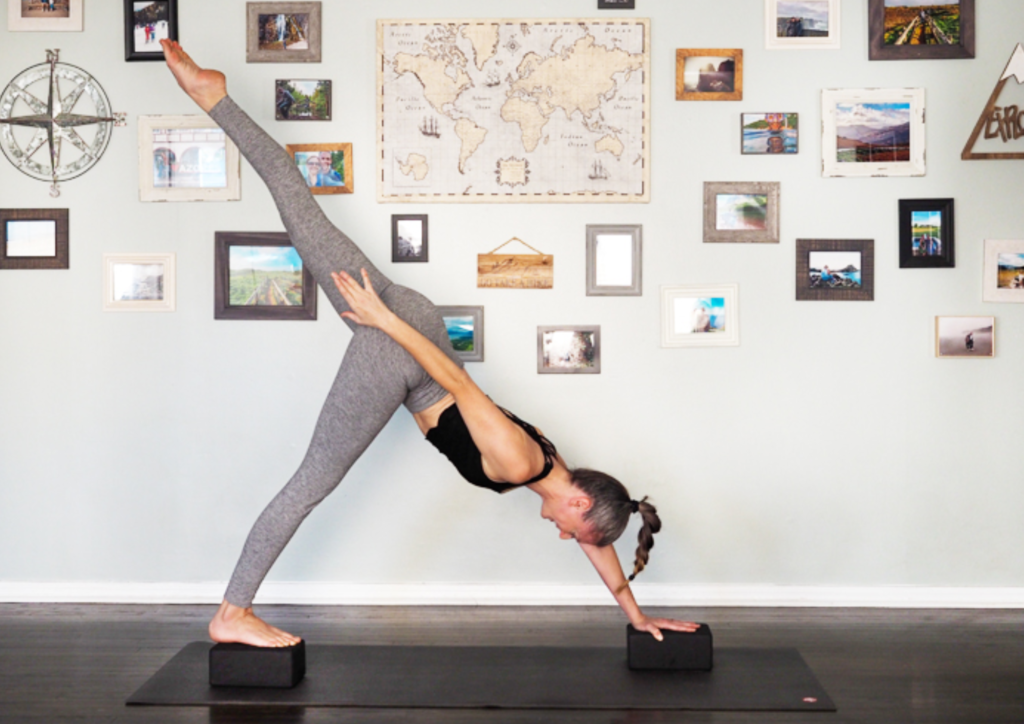Yoga blocks are often seen as a beginner’s tool, but they are far more versatile and beneficial than many realize. These simple blocks can transform your yoga practice, helping with alignment, strength, and flexibility for yogis at all levels. Whether you are a beginner learning the basics or an advanced practitioner deepening your poses, yoga blocks provide unique advantages for everyone. Let’s dive into how yoga blocks can enhance your practice, no matter your experience level.
- Support and Stability in Challenging Poses
One of the main benefits of yoga blocks is the added support they offer in more challenging poses. This is useful not only for beginners but also for advanced practitioners working in complex positions. For example, blocks can help with balancing poses like Half Moon (Ardha Chandrasana) or Triangle Pose (Trikonasana), giving you the stability to focus on alignment rather than risking a wobbly stance.
Using a block doesn’t mean you lack strength; it allows you to hold poses longer and with proper alignment. This stability can deepen your practice, as you can engage fully with each posture instead of rushing to maintain balance.
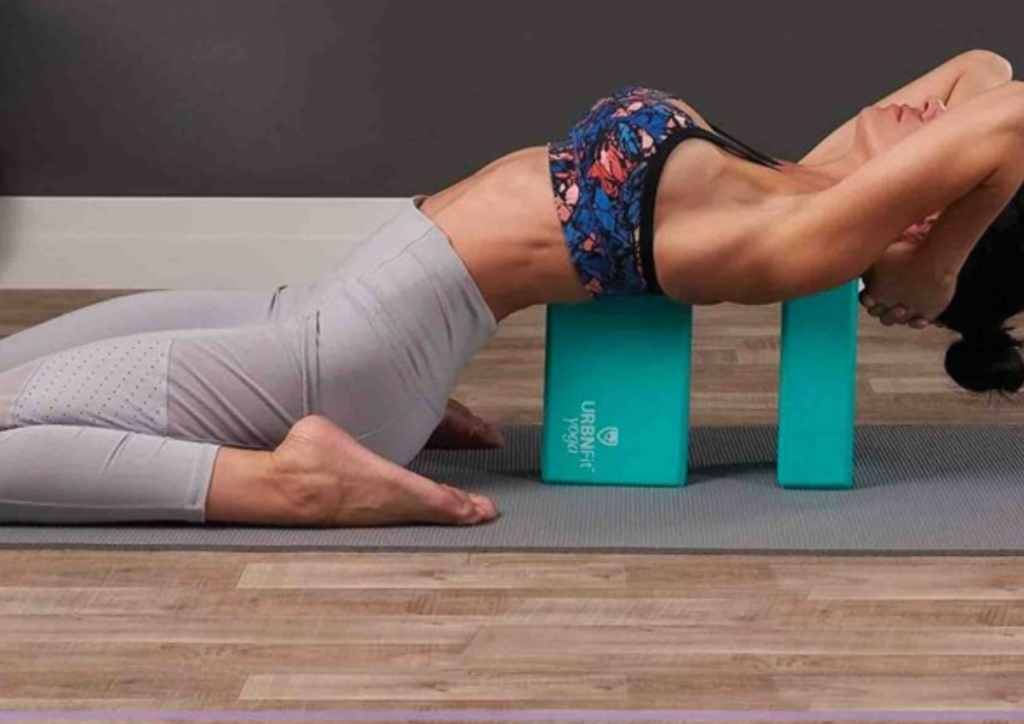
- Improved Flexibility Over Time
Flexibility isn’t an overnight achievement; it’s a gradual process. Yoga blocks help you safely progress toward more flexibility without overstretching or straining. Suppose you’re working on a pose like Forward Fold (Uttanasana) or Seated Forward Bend (Paschimottanasana) but can’t quite reach your toes. In that case, a block allows you to comfortably reach your hands to a higher point, making the pose accessible while your flexibility improves.
Even advanced yogis benefit from blocks to reach new levels of flexibility in postures like Splits (Hanumanasana). By placing a block under your front thigh or calf, you can lower into the pose without discomfort, giving your body time to adjust and open gradually.
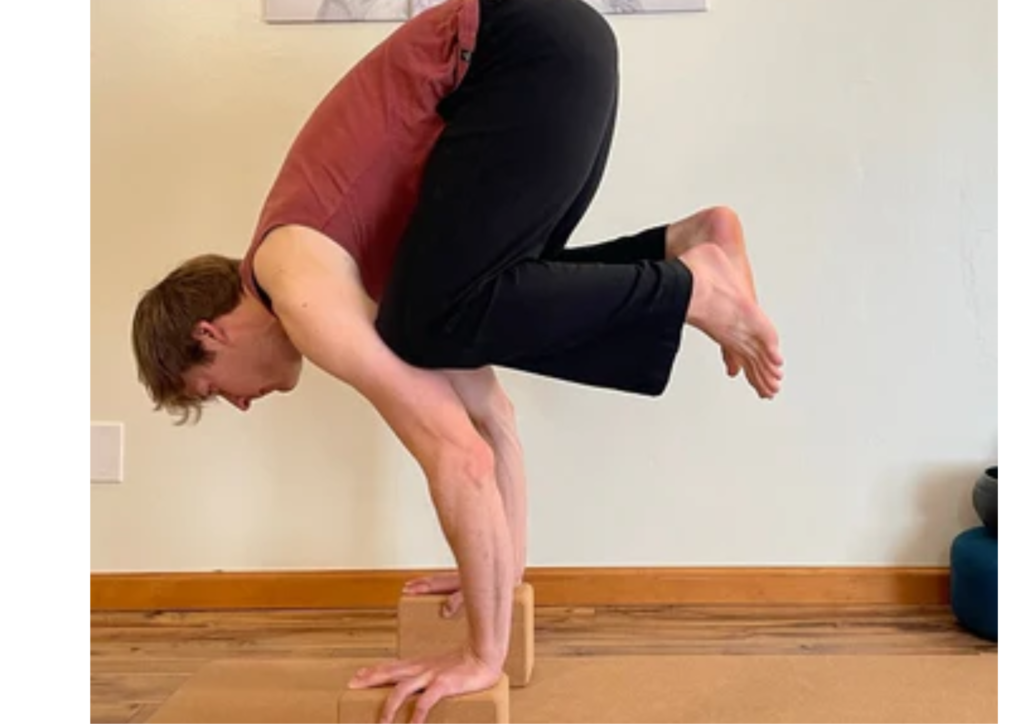
- Deepen Your Stretches Safely
Yoga blocks can significantly deepen your stretches, giving you the leverage to engage more muscle groups without forcing your body. For example, in poses like Pigeon Pose (Eka Pada Rajakapotasana), placing a block under your hip provides support, allowing you to settle into the stretch without overstressing your joints. This gentle support helps you safely explore your body’s limits, preventing injuries and unnecessary strain.
Deep stretches with blocks are a valuable technique for all yogis, as they allow you to work on areas that might otherwise remain tight or underdeveloped. This is especially useful for advanced practitioners who want to enhance flexibility without pushing their bodies too far.
- Building Strength and Balance
Using a block can be a powerful tool for strength training. For example, holding a block between your hands in Warrior III (Virabhadrasana III) or between your thighs in Boat Pose (Navasana) increases resistance, activating your core, leg, and arm muscles. Adding this level of challenge can help advanced practitioners build greater strength while working on balance.
Balancing with a block is a fantastic way to engage stabilizing muscles you might not target otherwise. By squeezing a block in certain poses, you activate and strengthen muscle groups essential for stability in more advanced positions. This added resistance is beneficial at any level and takes strength-building to the next stage.
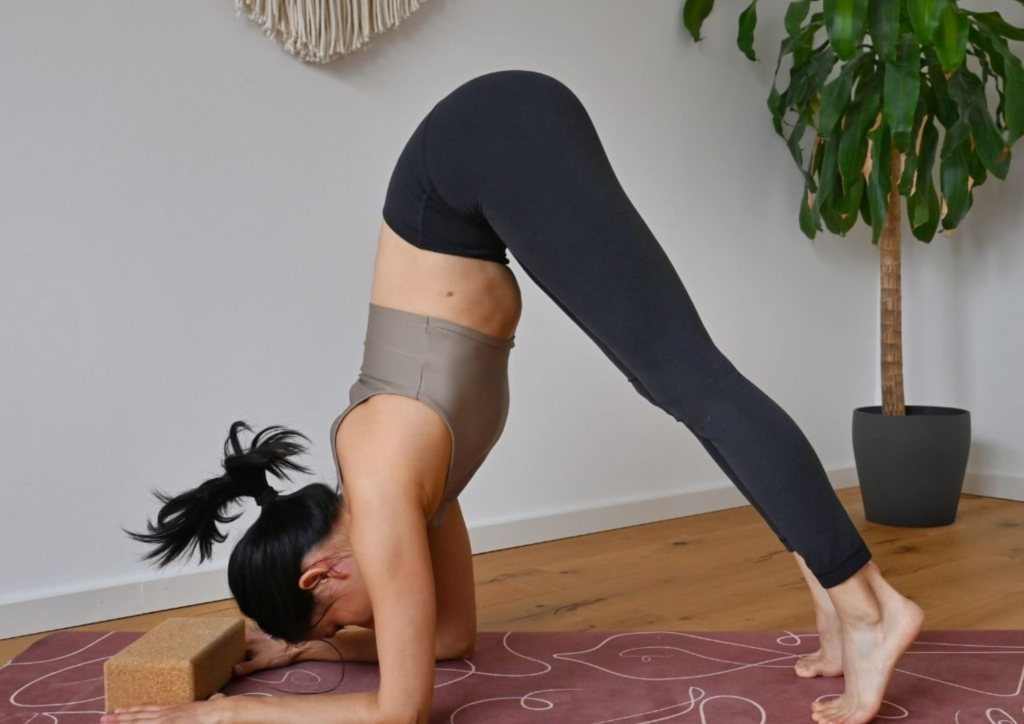
- Enhancing Mindfulness and Body Awareness
Yoga is as much a mental practice as it is a physical one. Blocks offer a tool for mindful movement, helping you slow down, check your alignment, and focus on your breath. For example, placing a block under your hands in poses like Child’s Pose (Balasana) or Extended Puppy Pose (Uttana Shishosana) elevates your chest. It allows you to deepen the stretch without compromising your posture.
Using blocks encourages a sense of presence and alignment in every pose, no matter how advanced. Instead of rushing into the full expression of a pose, you’re more likely to notice the details, helping you build body awareness and refine your practice.
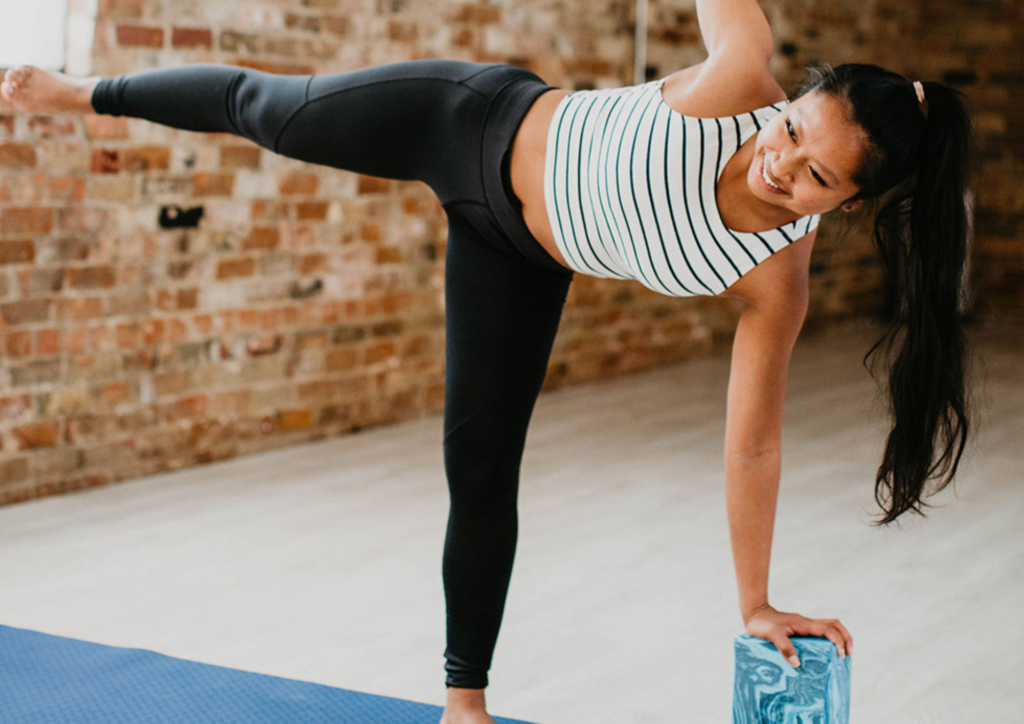
- Injury Prevention for All Levels
Injury prevention is crucial for both beginners and advanced practitioners, and yoga blocks offer valuable support to reduce the risk of strain. For example, suppose you’re working on a deep hip opener or a backbend. In that case, a block can prevent you from going beyond your body’s current capability, helping you approach challenging poses more safely.
By providing extra support, blocks help you ease into poses gradually. This allows you to work on more intense stretches and postures while minimizing the risk of injuries that can come from pushing too hard too soon.
Final Thoughts: Yoga Blocks Are Essential for Every Yogi
Yoga blocks are far from “just for beginners.” They offer a variety of benefits that enhance stability, flexibility, strength, and mindfulness for yogis at every level. Advanced practitioners often find that blocks allow them to refine and deepen their practice, while beginners use them to build up to new poses safely.
So, next time you unroll your mat, don’t hesitate to grab a block or two. These versatile tools support, strengthen and stretch you—wherever you are on your yoga journey.

